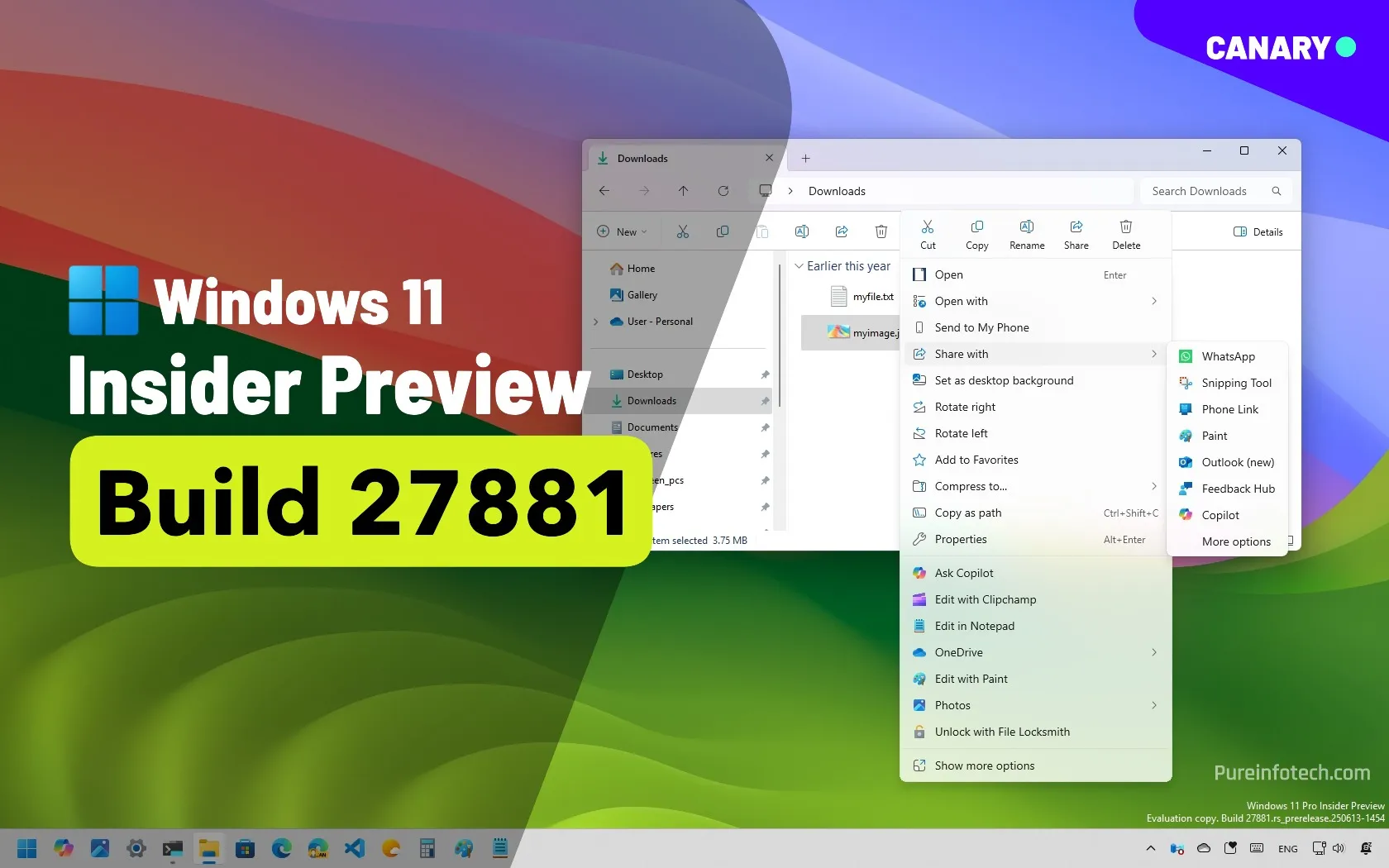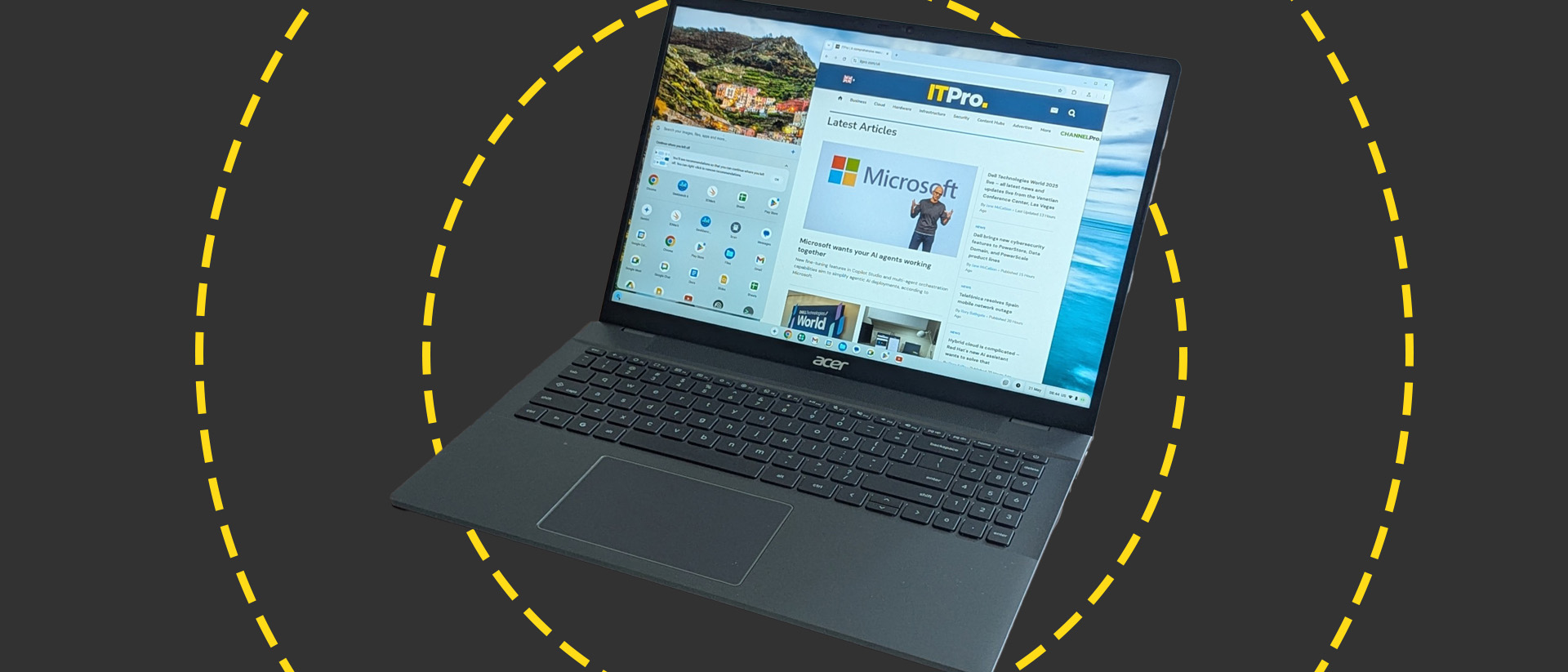What is Payroll Software: Features, Costs, & Tips

Running payroll can be a tedious, time-consuming task if you’re still doing it by hand. Fortunately, payroll software can speed up the process to let HR teams and small business owners focus on the people aspects of human resources. Instead of entering payroll data manually, many business owners use cloud-based software that automates every aspect of payroll, from paying employees via direct deposit to remitting payroll taxes to the IRS.
Find out how payroll software works, what key features to look for, and whether payroll software is right for you in our guide below.
1
Paycor
Employees per Company Size
Micro (0-49), Small (50-249), Medium (250-999), Large (1,000-4,999), Enterprise (5,000+)
Micro (0-49 Employees), Small (50-249 Employees), Medium (250-999 Employees)
Micro, Small, Medium
Features
API, Check Printing, Document Management / Sharing, and more
2
Deel
Employees per Company Size
Micro (0-49), Small (50-249), Medium (250-999), Large (1,000-4,999), Enterprise (5,000+)
Any Company Size
Any Company Size
Features
24/7 Customer Support, API, Document Management / Sharing, and more
3
Velocity Global
Employees per Company Size
Micro (0-49), Small (50-249), Medium (250-999), Large (1,000-4,999), Enterprise (5,000+)
Any Company Size
Any Company Size
Features
Employee Database, Multi-Country Payroll, Onboarding, and more
What is payroll software?
Payroll software helps you manage, run, and automate payroll. It automatically calculates paycheck amounts for your salaried and hourly employees, including gross pay, deductions (like healthcare premiums and payroll taxes), and net pay.
Payroll software solutions can be cloud-based or desktop-based, though the former are more common for small and midsize businesses. It can be standalone software that integrates with your business software systems like accounting or HR programs. Alternatively, they can be part of a wider human capital management system or an all-in-one payroll and HR software platform that lets you manage every aspect of the employee life cycle from one platform.
Self-service payroll software
Self-service payroll software calculates paycheck amounts and deductions. While it typically pays your employees via direct deposit or other methods, it does not remit payroll taxes to the IRS or other tax agencies on your behalf. Instead, it calculates how much to deduct, draws up pre-filled tax forms, and reminds you about quarterly tax-filing deadlines, leaving the final submission up to you.
Full-service payroll software
Full-service payroll software includes comprehensive tax administration. It calculates payroll taxes based on the employee information you input, and the software will then automatically deduct tax payments from your employees’ paychecks and remit those taxes to the appropriate tax bureau on a quarterly basis.
What are the key features of payroll software?
Key features of payroll software include payroll processing, payroll tax administration, time tracking, direct deposit, employee self-service (often through a mobile payroll app), payroll compliance tools, and reporting. However, the exact features can vary by provider.
The following features are fairly typical of most payroll software systems, though it’s worth noting that the more features your payroll software has, the more expensive it’s likely to be.
Time and attendance tracking
If you have hourly employees, you need a reliable way to track their work hours and correctly compensate them for their time and labor each pay period. Most payroll software either syncs with third-party time and attendance software or includes a built-in time tracker. This makes paying hourly employees straightforward, helping you save time and reduce errors.
Payroll tax administration
Full-service payroll software calculates, deducts, and remits each of your employee’s income, Social Security, and Medicare taxes to the appropriate tax agency. Most payroll software handles federal and state tax administration, while some also manage local payroll tax for an additional fee.
As an employer, you are required to match your employees’ Social Security and Medicare tax contributions (collectively called FICA taxes). You must also pay a federal unemployment tax (or FUTA tax) based on your number of employees.
At the very least, your payroll software should generate financial reports showing your tax liabilities based on employee- contributions. However, the best payroll software automatically deducts employer FICA and FUTA tax payments from your company’s bank account to remit to the federal government along with your employees’ payroll taxes.
Additionally, the best full-service payroll software companies, such as our top overall payroll pick, Gusto, will generate and file end-of-year tax forms for you and your employees, including Form W-2 and Form 1099. However, some providers charge a fee for end-of-year tax form preparation. Most payroll software tools also charge you an extra fee if you want to print and mail hard copies of tax forms to your employees and contractors.
Direct deposit
Most payroll software, including self-service software, calculates employee paychecks and then automatically pays your employees via direct deposit. Some payroll software offers direct deposit only, but paper checks, prepaid debit cards, app-based payments (for instance, Venmo or Square’s Cash App), and other on-demand pay options are all common alternatives to direct deposit.
Employee benefits administration
Some employee benefits are deducted directly from employees’ paychecks, including employee contributions to employer-sponsored healthcare plans. If you offer benefits like health insurance and retirement plans, find payroll software that deducts benefits contributions from your employees’ paychecks and automatically distributes those funds to the appropriate parties.
Employee self-service portals
Most payroll software should include an employee-facing platform where your employees can view pay stubs and tax information. The most fleshed-out employee self-service portals include features that let your employees upload tax documents, choose benefits, request time off, and clock in or out.
Payroll reports
Payroll reports provide you with an overview of key payroll-related financial data, such as payroll tax contributions and workers’ compensation premiums. At a minimum, your payroll software should generate these reports. The best payroll software either integrates with popular accounting software options or includes a general ledger report to help you seamlessly sync payroll data with your financial systems.
Compliance audits
Strict rules and regulations govern workplace employment and employee pay. Penalties for issues like miscategorizing employees as contractors or failing to pay the employer portion of FICA taxes can be severe. You can catch these clerical errors and make crucial payroll updates by performing regular compliance audits.
Some payroll software makes compliance audits easier by automatically flagging potential issues with each payroll run. The system prompts you to double-check and approve flagged items before processing payroll, reducing the risk of costly errors and saving you time.
Third-party integrations
Ideally, your payroll software should integrate without any hassle with other software applications you use to manage your business, especially your accounting software. Unless your payroll software integrates with your accounting program, you’ll have to reenter payroll data into your general ledger—which wastes time and increases the risks of clerical errors. There are also some payroll software providers, like QuickBooks Payroll, that also offer accounting software, providing a more seamless in-platform integration.
Optional features
Depending on your needs, you may want payroll software with additional features such as:
- International payroll. If you pay employees or contractors in multiple countries, prioritize payroll software that supports international payroll. Providers like Gusto handle international contractor payroll, while Rippling supports international payroll for both contractors and employees globally.
- Employee benefits. Some payroll providers partner with insurance companies or have in-house brokerages to help you offer competitive benefits that attract top talent.
- Onboarding and hiring tools. HR-focused payroll software often includes tools like job board posting, background checks, and self-directed employee onboarding.
- Expense management. While most payroll software integrates with third-party expense trackers, some have employee expense tracking and reimbursement.
How much does payroll software cost?
Your payroll software costs will depend on your business size and the features you need. Your monthly fees could be as low as $0 or higher than $1,000. Most payroll software tools cost a monthly base fee and a monthly per-employee fee—so, for the most part, the more employees you have, the more expensive your payroll software solution becomes.
Free payroll software like Payroll4Free or open-source options like Odoo can keep payroll costs low for startups and other small businesses on a budget. However, most free payroll solutions aren’t practical for businesses with more than 25 employees (at the very most). Since they don’t have the same tax guarantees, customer service options, and features as most paid payroll software, they aren’t robust enough to meet the needs of most businesses.
Below, we list the monthly starting fee you can expect to pay for the most common payroll software solutions based on the number of employees you have. Note that the prices below don’t account for add-on features like time and attendance software, HR tools, or third-party integrations.
Plan and pricing data up to date as of 10/16/2024.
Common add-on fees
While determining which payroll software is best for your budget, pay attention to the fine print that spells out which—if any—payroll features cost extra. Some of the most common additional fees include the following:
- Time-and-attendance, scheduling, and shift-tracking software.
- Employee benefits integration and administration.
- Workers’ compensation insurance integration and administration.
- Unemployment insurance claims management.
- End-of-year W-2 and 1099 filing.
- Wage garnishment.
- General ledger reports or integration.
- Multi-state payroll processing.
- Software implementation.
Not all payroll software providers charge extra for the features above. Some, like OnPay, include most of them in their base price. Others, like Paychex, charge an extra fee for each feature or include them in their higher-tier payroll plans.
Alternatives to payroll software
Payroll spreadsheet templates
If you have only a few employees and top-notch organizational skills, you could consider using a spreadsheet software template to calculate paychecks instead of payroll software. You can create your own payroll template or download one directly from Microsoft Excel or a third party like Simple Sheets.
Running payroll with spreadsheets is generally cheaper than buying payroll software, but it requires more manual data entry. This can eat up valuable time and increase the risks of errors. Plus, the IRS requires business owners to store payroll tax data for three to four years. Spreadsheets can be useful data trackers, but if you lack in-depth recordkeeping experience, you might struggle to keep years of payroll data organized, up-to-date, and IRS-compliant.
Fully outsourced payroll
Outsourcing payroll to a third party is a more expensive alternative to payroll software and spreadsheet templates, but it almost always saves you more time.
Many small-business owners minimize the time they spend on HR and payroll processes by partnering with a professional employer organization, or PEO, that handles personnel management. Others work with virtual bookkeeping companies that handle payroll without tackling broader HR tasks.
Regardless of the option you choose, note that outsourcing payroll isn’t a software-free solution. The company you hire for payroll will either use its own in-house, proprietary payroll software or a popular payroll software provider like Gusto to process your payroll.
Since you won’t be directly responsible for managing payroll, you’ll have minimal interactions with the payroll software and won’t need to choose the software yourself.
What are the pros and cons of payroll software?
Payroll software pros
- Less expensive than outsourcing payroll or hiring a full-time team.
- Time-saving automations free up your time.
- Payroll processes are streamlined and simplified for non-accountant business owners.
- Provide useful insights into payroll trends, cash flow, and business management.
- Reduces risk for user error compared to manual payroll runs.
Payroll software cons
- More expensive than no-cost alternatives like free payroll spreadsheet templates.
- Frustrating add-on fees for essential payroll services.
- The steep learning curve for first-time payroll software users.
- Requires an upfront investment of time and money for software setup and launch.
Is payroll software right for your business?
Payroll software is a solid solution for businesses that want in-house payroll management at a middle-of-the-road price point. Generally, payroll software might be the right choice for your business if:
- You want to keep payroll in-house while keeping costs low.
- You want to automate as many aspects of payroll as possible.
- You don’t want to tackle payroll taxes on your own.
- You want an easy way to offer employee benefits.
- You want to empower your employees to access their payroll information.
On the other hand, you might want to avoid payroll software if:
- You’re part of a massive organization with complicated financial and HR needs.
- You don’t want to deal with payroll in-house in any capacity.
SEE: Choosing a payroll service: A guide for business leaders (TechRepublic Premium)
How do you choose payroll software?
Deciding whether your business needs payroll software is just the first step. Now, the hard work begins: figuring out which of the many payroll software services on the market will work best for you. As you sort through the best payroll systems for businesses like yours, ask the following questions about your organization’s needs:
- How much can we afford to spend on payroll software?
- How many employees do we currently have? How many do we plan to have in a year? Five years? Ten?
- Which payroll features are absolutely necessary for our organization? Which features can we live without?
- Which other software applications are we currently using to run our business? How crucial is it that all of our software applications integrate easily?
Whenever possible, sign up for a free trial instead of buying payroll software after a short demo. Most payroll software providers offer free trials that range from 30 days (like OnPay) to six months (like SurePayroll by Paychex). A hands-on testing experience will give you the most accurate answers to the questions above.
SEE: How to Choose Payroll Software
Read next: Best Payroll Software for Your Small Business
Future trends in payroll software
Payroll software constantly evolves as new vendors enter the market and existing vendors release updates and expansions to their platforms. Here are some of the top trends in payroll software to remember when evaluating current software solutions or shopping for a new payroll platform.
Generative AI
Artificial intelligence is rapidly developing, and many payroll software platforms are looking to leverage it further with each update. Many payroll software programs already use AI in some way for automation, but generative AI is likely the next big AI trend in payroll.
Generative AI can create new content, such as text, images, audio, and more. The most well-known generative AI program is ChatGPT, while a lesser-known version includes generative AI chatbots. These chatbots can be used to research common questions, identify anomalies in your payroll data, or quickly generate custom data visualizations.
UKG recently started using generative AI for payroll reporting. It can provide AI-powered insights, including statistical forecasting, team insights, and culture benchmarks based on your HR and payroll data.
ADP unveiled its ADP Assist feature this year, which uses generative AI to flag potential payroll errors, provide data insights, and answer questions via chatbot. We’ll likely see more generative AI in payroll in the next year or two as other software providers race to adopt it.
On-demand pay
On-demand pay, or earned wage access, is becoming increasingly popular in the payroll industry. In the current economy, many employees are counting down the days until payday and don’t want to wait two weeks between checks. On-demand pay lets employees access their money early. Once they’ve worked their shift and earned their money, they can access their funds on-demand for a quick transfer to their bank account.
In addition to on-demand pay being an emerging trend in payroll software, it’s also trending in terms of legislation. Legislators at the federal level and in many states have begun looking at early wage access with the goal of regulating it and ensuring that the proper financial disclosures are being made.
A few payroll vendors, like ADP, have integrated earned wage access into their payroll services and platforms. There are also standalone services offering this option, which can integrate into your payroll or time and attendance software. More payroll software platforms will likely begin integrating on-demand pay in the coming years. The demand for this service is there, with a recent ADP study finding that 76% of employees surveyed said that it is important for their employer to offer earned wage access. 96% of leaders surveyed in the study also felt that offering on-demand pay helped them recruit talent.
Globalization
Multi-state payroll has become an increasingly important payroll software function in recent years, but what about multi-country payroll? Many organizations have begun leveraging international labor more frequently, which can present some unique payroll and compliance challenges.
Both enterprise payroll software vendors and small business solutions are working to enhance their global payroll offerings. Papaya Global is one of the top global payroll providers, offering payroll capabilities in 160 different countries.
Other providers have been racing to keep up, with Oyster HR and Rippling expanding their international service options over the past year. This is a trend expected to continue in the coming years, with a growing demand for international payroll and add-on services, such as global benefits and contractor payments.
Source link










